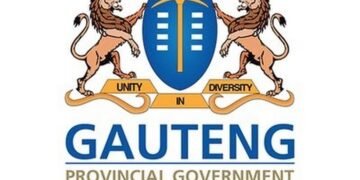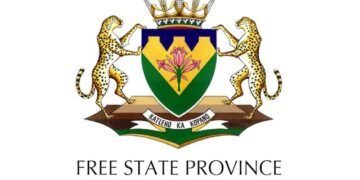EastCape Midlands TVET College
Eastcape Midlands TVET College (EMC) in South Africa’s Nelson Mandela Bay is continuing to play a critical and meaningful role in skills development and the lives of its students in the Eastern Cape province.
EMC serves a highly industrialised urban area, part of the Nelson Mandela Metropole, as well as the rural western part of the province. This means that the college faces unique challenges in being a provider for the needs of a developed and advanced industrial economy on the one hand and, a widespread rural area with high rates of unemployment and poverty, which is further compounded by challenges of the Eastern Cape’s primary and secondary education systems in rural and less fortunate communities.
Yet, amid the challenges, EMC has not only increased its number of students who pass their exams, yearly, but has produced the top 10 students in the country over the past couple of years.
In 2017, the college obtained a 73% certification pass rate and 874 distinctions in the National Certificate (Vocational) examinations and obtained a 49% pass rate for Engineering and 66% for pass rate for for Business, both Report 191 programmes.
Eastcape Midlands TVET College, known as EMC, came into being on 31 March 2002 with the merger of Uitenhage Technical College, KwaNobuhle Technical College, Grahamstown Technical College and the satellite campus of Bethelsdorp Technical College in Graaff-Reinet and was officially launched in October 2003.
EMC is a Technical and Vocational Education and Training (TVET) institution. TVET Colleges offer nationally accredited courses according to the new SAQA requirements that fit levels 2 – 4 of the National Qualifications Framework (NQF).
The college serves a highly industrialized urban area, part of the Nelson Mandela Metropole, as well as the rural western part of the province. As such, it faces enormous challenges in being a provider for the needs of a highly advanced industrial component on the one hand and, a widespread rural area with high unemployment and poverty rate at the other.














